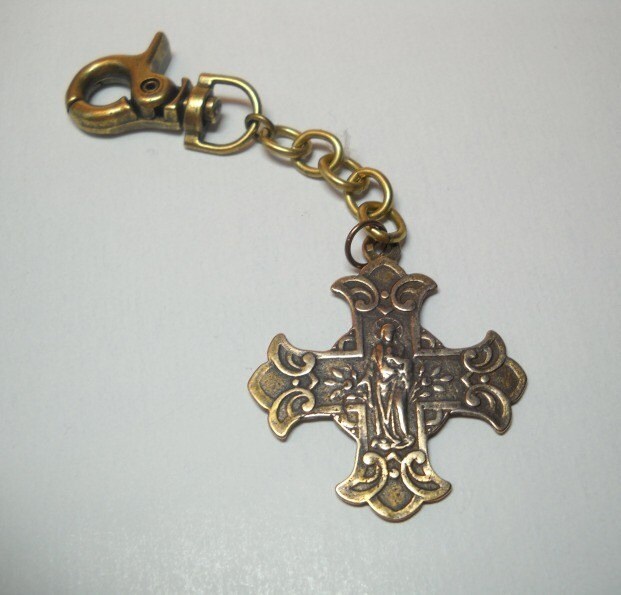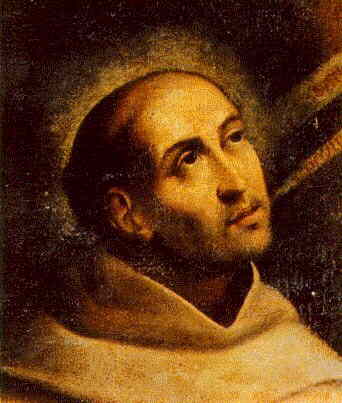Vespers of the 17th of December.
Advent is an extremely rich season.
The first of the great and very ancient "O antiphons" are sung today -- well sort of today: the traditions of the church are being obscured, but I will explain later.
The "O antiphons" refer to the 7 Antiphons used for each of the 7 Magnificats at Vespers (Evening pray) from December 17th to December 23. (I might be giving too much away to tell you why the Magnificat antiphon of the 24th is not included. ) The O Antiphons are part of the season of Advent. A kind of Holy week of Advent. The already beautiful and intricate offices of Advent become very unique for each day of Advent Holy Week. At least in the extraordinary form, four new antiphons are introduced for the 4 psalms of Lauds and the 4 minor hours, a fifth antiphon is used for the canticle of Lauds.
Back to Vespers and the "O Antiphon." Each Antiphon begins with the word "O" -- fortunately Latin and English share this word and it has the same meaning. The rest of the antiphon is different for each day. But their you have it that is why they are called the "O Antiphons." It should be clear then that these Antiphons will be calling on someone each day. "O __________, do something."
The next word of the antiphon is a name of Christ so we have "O Sapientia" (O Wisdom) on the first day. But one of the interesting things is the first letter of this second word. The first letter today will then be "S" from Sapientia. This is part of code which we will break on the evening of the 23rd.
Now here is the whole antiphon for Vespers of the 17th of Dec.:
Latin:
- O Sapientia, quae ex ore Altissimi prodiisti,
- attingens a fine usque ad finem,
- fortiter suaviterque disponens omnia:
- veni ad docendum nos viam prudentiae.
- O Wisdom, which from the mouth of the Most High proceeds,
- reaching from one end unto the other,
- mightily and sweetly disposing all things:
- Come to teach us the way of prudence.
Written by Fr O., Dayton, OH








